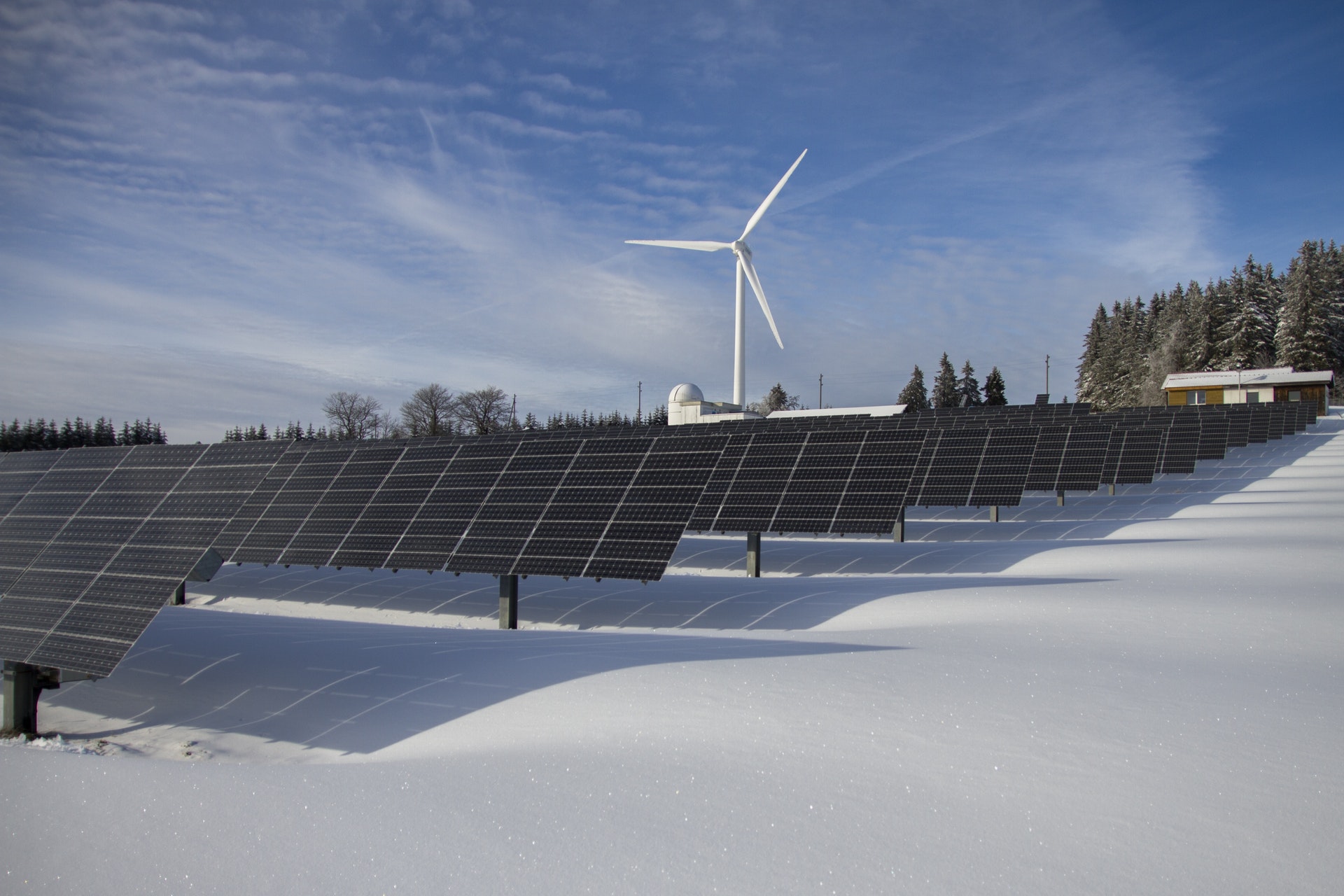Making eCommerce Fulfillment Sustainable
There’s no denying that global climate change has dominated international headlines, even with the current pandemic ongoing. The sustainability campaign is increasingly growing, forcing many businesses and individuals to find ways to reduce their carbon footprints by reducing their activities’ impact on the environment. Today, delivery services (including the warehouses, vehicles, and delivery companies) are adopting revolutionary tech solutions, robotics, automation, and so on to promote sustainable fulfillment in ecommerce. There are still some other areas for opportunity, and this article will explore them.
The solution lies with electric, not diesel vehicles
Electric vehicles, in general, have greater potential and effectiveness when it comes to promoting sustainable fulfillment. Available charging stations used to be a major concern for most people, but with many urban areas rapidly making these stations available in various locations, charging an electric vehicle shouldn’t be much of a problem.
Furthermore, electric vehicles have always offered a better option to their diesel counterparts, and many logistics companies are now beginning to use them. An NPR report in 2021 indicated that UPS and Amazon have also made significant orders for electric vehicles. FedEx already intends to move entirely to electric vehicles by 2040, while DHL has already classified 20% of its fleet to be zero transmissions.
Opt for micro-warehousing solutions
Micro-warehousing is yet another potential solution you can use to reduce delivery route time and length, and in effect, reduce carbon emissions. With this solution, you can move parts of your deliveries to smaller warehouses closer to your clients.
For most business owners, the problem is with spending money on a new warehouse. Still, the chance to move your inventories closer to their destination will significantly reduce your delivery time and save you a considerable amount on gas and maintenance. Also, proximity to your clients makes it easier to provide the premium services that many clients now expect.
Reducing emissions through route optimization
By recalculating your routes, you can help reduce the emissions your vehicles produce, ensuring that you prioritize efficiency over strength. However, you also need to consider several factors that could impact any delivery route. These factors include the following:
- Parking availability
- Traffic congestion
- The driver’s proximity to the hub
- Delivery time windows
Taking the time to analyze your route will help you identify which paths will cause you to use less gas, produce the least emissions, and reduce gas and maintenance costs.
Building a sustainable last-mile strategy
Analyzing and optimizing your delivery routes, examining how effectively to use your gas-powered vehicles, and opting for micro-warehousing solutions, currently offer the easiest and quickest ways to reach sustainable fulfillment in ecommerce. For a single business owner, these may not sound like creating any significant impact. But when several businesses commit to these changes, there’s enough evidence that the last mile delivery will impact the bigger global climate picture.
Are you new to ShipJoy fulfillment? Kindly schedule with our team of experts today, and learn more about how we can help you pack, pick, and deliver your orders.

